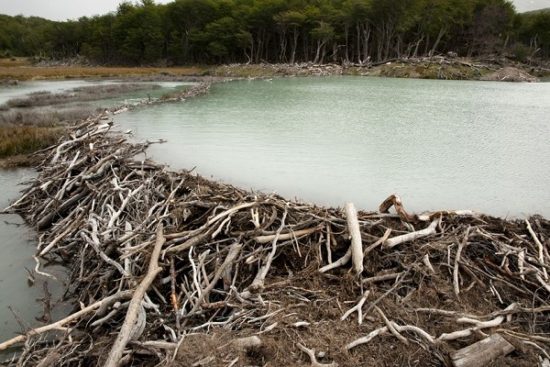- Course No E – 1349
- PDH Units 7.00
No data found for Custom Course Number
No data found for Custom Course Units
- Course No E – 1349
- PDH Units 7.00
Intended Audience: Civil Engineers
PDH UNITS: 7
This course introduces the reader to the basic principles of identifying problems in existing earthen dams caused by animal activity. This manual summarizes FEMA’s effort to provide a comprehensive survey of animal impacts on earthen dams across the United States. The results of the survey indicate that there is too often a wide gap between the known best practices of animal activity relative to dam safety and the perceived acceptable level of maintenance by many dam owners. In 1999, FEMA and the Association of State Dam Safety Officials (ASDSO) jointly conducted research on the national problem of animal intrusion damage to earthen dams. A joint workshop united dam owners, engineers, state and federal regulators, wildlife managers, foresters, and academia to create a comprehensive document to combat the growing problem of earthen dam damage and failures due to animal intrusion. The findings of the research indicate that while most states recognize animal intrusion as a problem, only a handful offer guidance on dams and wildlife management practices to the dam professionals and owners. Cumulatively, the states identified nuisance wildlife which were most likely to be a threat to dam safety. This manual discusses 23 species with regard to habitat, behavior, threat to dams, food habits, identifying characteristics, and management options. While the states are fully aware of the potential adverse impacts wildlife activity can have on earthen dams (such as failure), private dam owners and local dam operators are often not aware of potential problems, and thus may not conduct inspections with wildlife damage in mind. This course demonstrates that some animal activity can potentially damage earthen dams beyond repair, and emphasizes the concept that delayed control and repair of animal activity usually results in increased total costs of repair. This course includes a multiple choice quiz at the end and is intended to provide 8 hours of professional development.
Learning Objectives
At the successful conclusion of this course, you’ll be able to identify and discuss:- Awareness of the characteristics and seriousness of dam safety problems associated with animal impacts on earthen dams
- A higher level of understanding of dam safety issues associated with animal impacts on earthen dams by reviewing current damage control policies
- Basic understanding of the habitat of common nuisance wildlife
- Basic understanding of the range and behavior of common nuisance wildlife
- Basic understanding of the habitat of common nuisance wildlife
- Basic descriptions and range of common nuisance wildlife
- Biological data for specific nuisance wildlife for use in indentifying which nuisance wildlife inhabits the dam
- Methods of proper identification of common nuisance wildlife
- State-of-practice guidance for remediation design considerations associated with damage associated with animal impacts on earthen dams
- Rational and state-of-practice techniques and procedures for management of desirable animal activity on earthen dams
- Useful statistics on dams damaged by animal activity
- A collective view of state and federal dam safety officials
- The different methods for repairing damage caused by animals
- The recommended methods controlling different species of animals
- How to recognize different species of animals and their activity
- The use of construction methods for control of animal activity
- The relationship between well compacted soil and animal activity
- Some rules of thumb for analysis of dam safety conditions
- Identification of the 5 safety inspection and evaluation zones
- The pros and cons of regular maintenance versus long term remediation
- The compounding affect of smaller animals attracting larger predators
- The compounding physical and economic effects of delayed maintenance
- Guidelines for estimating costs of maintenance and remediation
- The critical need to maintain animal activity in a timely manner
Once completed, your order and certificate of completion will be available in your profile when you’re logged in to the site.










